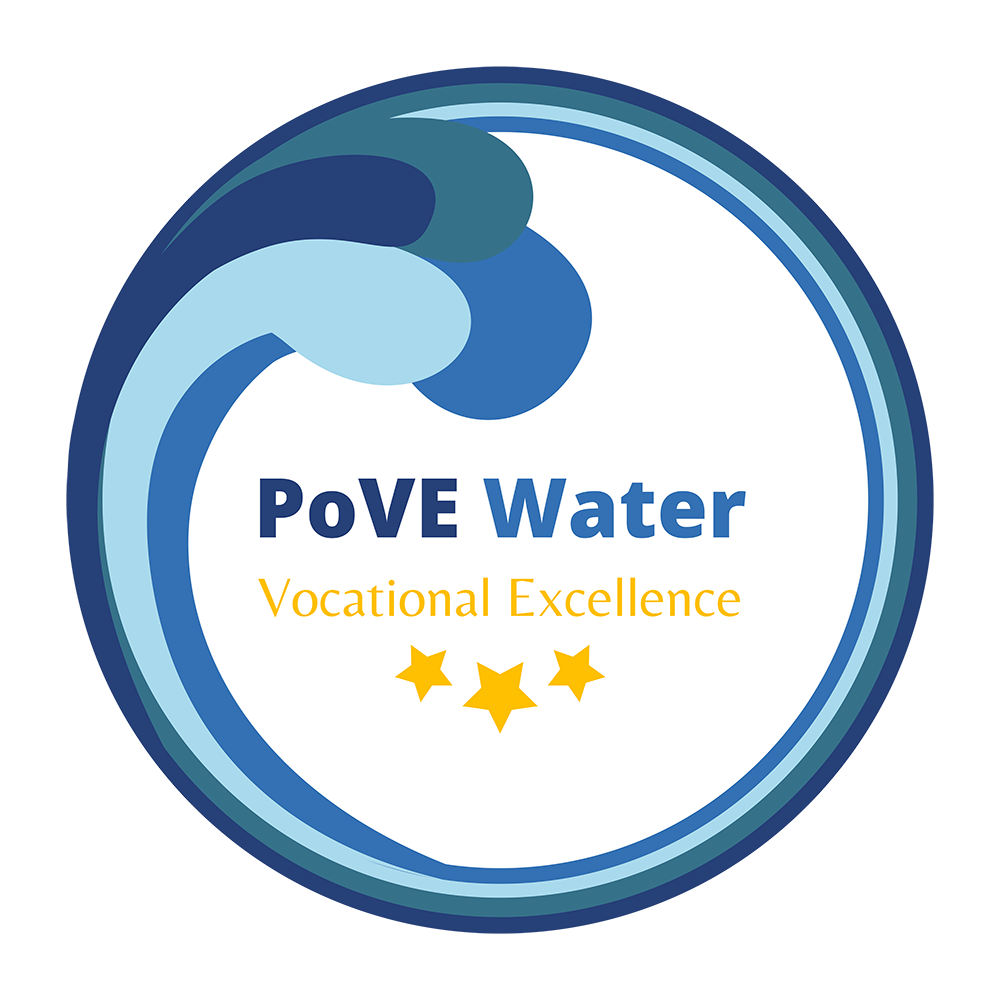With the Platform of Vocational Excellence Water project reaching it’s half way point, we reflect on the work done so far developing the Centers of Vocational Excellence Water in our partner countries. The first important step was to create a close understanding of the skills ecosystem of the water sector in each country, and gaining intimate knowledge about the economic and societal needs. By making a so called context scan of each country involved, we have provided a strong basis to build the Centers of Vocational Excellence Water on. The partners in the Platform of Vocational Excellence have taken the following steps over the last year.
Step 1: Mapping the stakeholders
In order to get a clear overview of all stakeholders active in your regional skills ecosystem, it is important to map your partners and determine the relations between the various stakeholders. Which role does each stakeholder play and how do they relate to each other? In this mapping exercise, you also include stakeholders that may not be a direct project partner, but can still influence your work. An important aspect of this exercise is to determine your region. In some cases, the regional skills ecosystem includes the entire country, in other regions this is a smaller geographical area. The service area of the stakeholders is an important indicator to determine the scope of the region skills ecosystem. In some cases, the service areas will not match. For instance when a company is working nationwide, while a school is more regionally oriented.
In the Platform of Vocational Excellence Water project, the partners mapped their region by creating a stakeholder map.

Step 2: Map developments and determine your starting position
As soon as you know the scope of your skills ecosystem and which partners are involved, it is time to map the relevant developments for the sector and the position the stakeholders involved in your project towards those developments. Some societal developments will offer opportunities for your organization, since it is playing to your strengths, whereas others can be threats, due to weaknesses in your organization that you need to address.
In order to create a comprehensive overview of developments in each region, the Platform of Vocational Excellence Water project partners used a combination of the PESTLE and SWOT analysis tools. The PESTLE tool helps mapping Political, Economic, Social, Technological, Legal and Environmental developments, while the SWOT analysis tool helps you to determine whether a certain development plays into your organization’s Strengths or Weaknesses and whether the development is an Opportunity or a Threat for your organization.
In the final report of the workpackage on context scanning you find a more extensive explanation of the tools and examples of how the project partners used these tools.
Step 3: Gain in-depth knowledge
In addition to the information on the skills ecosystem in each region, it is necessary to gain close understanding of the position and needs of each partner in the Center of Vocational Excellence. Therefore, we conducted a survey among the partners of each regional Center of Vocational Excellence. Both the educational and business partners received a survey using Survey Monkey.
The outcomes of these surveys form an important basis for the development of the business model of a Center of Vocational Excellence, ensuring the activities in the Center are relevant to all stakeholders and are demand driven.
Step 4: Develop your why and Business Model Canvas
With the information from the first three steps, the partners were able to define the so-called ‘why’ for each regional Center of Vocational Excellence, determining what the added value of the Center of Vocational Excellence will be and for which target groups. We used the Business Model Canvas as a tool to structure this work.
The development of the Business Model and the implementation of the activities are the main focus of the second half of the Platform of Vocational Excellence project and are ongoing work.


No responses yet